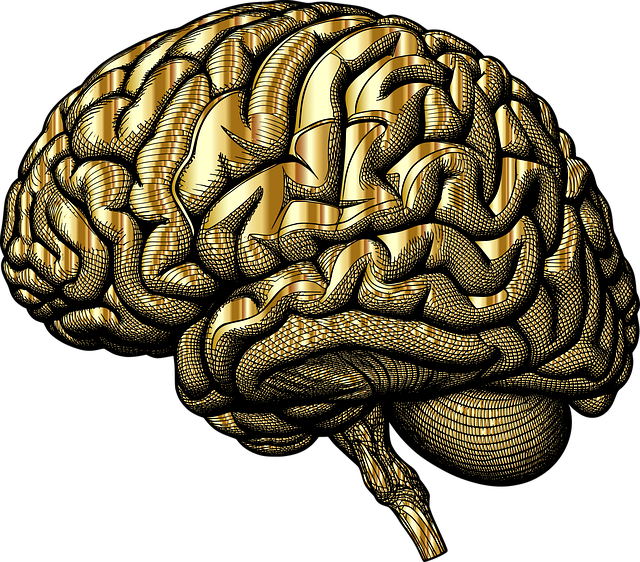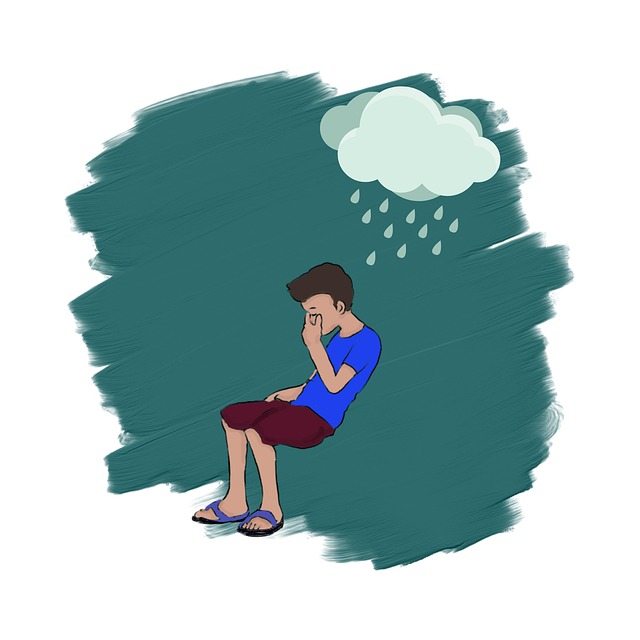Lone Tree Adjustment Disorder (LTAD) therapy focuses on empowering individuals to manage emotions by developing inner strength and coping skills. Key components include risk management planning, trigger identification through journaling, cognitive behavioral therapy (CBT), mindfulness practices, and lifestyle interventions like diet, exercise, and sleep. Tailored interventions help individuals navigate life's challenges, fostering emotional well-being and improved control over LTAD symptoms.
Mood regulation strategies are essential tools for managing emotional well-being. This article explores various approaches to help individuals gain control over their moods, offering a holistic view of mental health care. We delve into Lone Tree Adjustment Disorder, a specific mood regulation disorder, and uncover the triggers that cause emotional imbalances. Effective treatments like Cognitive Behavioral Therapy (CBT) and mindfulness practices are discussed, alongside lifestyle interventions focusing on diet, exercise, and sleep for optimal mood management.
- Understanding Mood Regulation Disorders: A Glimpse into Lone Tree Adjustment Disorder
- Identifying Triggers: Unraveling the Causes and Catalysts for Emotional Imbalance
- Cognitive Behavioral Therapy (CBT): A Powerful Tool for Shaping Moods
- Mindfulness and Meditation: Cultivating Present-Moment Awareness for Emotional Balance
- Lifestyle Interventions: Diet, Exercise, and Sleep as Pillars of Mood Regulation
Understanding Mood Regulation Disorders: A Glimpse into Lone Tree Adjustment Disorder

Mood regulation disorders, like Lone Tree Adjustment Disorder (LTAD), represent challenges in managing and maintaining emotional stability. LTAD, characterized by difficulty adjusting to stressful or significant life changes, often manifests as prolonged periods of sadness, irritability, or anxiety. Unlike clinical depression, LTAD is transient, but it can significantly impact daily functioning. Understanding this disorder is crucial for effective Lone Tree Adjustment Disorder therapy.
Therapy approaches for LTAD focus on enhancing inner strength development and mood management skills. Mental health professionals employ strategies that help individuals process and cope with stress, build resilience, and adapt to changes. Risk management planning, a key component of this process, involves identifying triggers, developing coping mechanisms, and establishing support systems to mitigate symptoms and promote healing. Through tailored interventions, individuals can learn to navigate life’s challenges more effectively, fostering improved emotional well-being and a greater sense of control.
Identifying Triggers: Unraveling the Causes and Catalysts for Emotional Imbalance

Emotional imbalance often arises from a complex interplay of internal and external factors. Identifying triggers is a pivotal step in mood regulation strategies, as it enables individuals to understand and manage their emotional responses more effectively. Triggers can range from stressful life events, such as major transitions or traumatic experiences, to subtler daily stressors like crowded places or specific sounds. By keeping a journal to track moods and associated triggers, individuals can start to unravel the causes of their emotional imbalances.
This process, often facilitated by Lone Tree Adjustment Disorder Therapy, helps in developing coping skills that are tailored to personal needs. Once identified, these triggers can be managed through risk management planning for mental health professionals, which includes setting boundaries, avoiding or mitigating exposure to triggers, and adopting confidence-boosting strategies. Effective coping skills development allows individuals to maintain emotional stability and overall well-being, even in challenging situations.
Cognitive Behavioral Therapy (CBT): A Powerful Tool for Shaping Moods

Cognitive Behavioral Therapy (CBT) is a highly effective approach for managing and regulating moods, making it a valuable tool for those dealing with Lone Tree Adjustment Disorder and other mood-related challenges. This therapy focuses on identifying and challenging negative thought patterns and behaviors that contribute to emotional distress. By modifying these cognitive processes, individuals can learn to manage their emotions more effectively, leading to improved mental wellness.
CBT empowers clients to develop communication strategies for expressing their feelings constructively, fostering healthier relationships, and reducing stress. It teaches practical techniques such as mindfulness exercises, relaxation strategies, and problem-solving skills, which are essential components of Stress Reduction Methods. Through this process, individuals gain a deeper understanding of themselves and learn to navigate life’s challenges with greater resilience, ultimately enhancing their overall mental wellness and quality of life.
Mindfulness and Meditation: Cultivating Present-Moment Awareness for Emotional Balance

Mindfulness and meditation are powerful tools for cultivating present-moment awareness, which is essential for emotional balance. By focusing on the here and now, individuals can learn to observe their thoughts and emotions without judgment, allowing them to better understand and manage their mood swings. This practice, often integrated into Lone Tree Adjustment Disorder Therapy, helps to calm the mind and reduce reactivity to stressful situations, thereby improving overall mental health awareness.
Regular mindfulness exercises have been shown to enhance empathy building strategies by promoting self-compassion and a deeper connection with one’s feelings. This increased awareness can significantly aid in depression prevention by providing individuals with coping mechanisms that go beyond fleeting solutions. Through consistent practice, people can develop a stronger sense of inner peace and resilience, making them better equipped to handle life’s challenges and maintain emotional stability.
Lifestyle Interventions: Diet, Exercise, and Sleep as Pillars of Mood Regulation

Lifestyle interventions play a pivotal role in mood regulation, with diet, exercise, and sleep serving as the three pillars supporting mental health. A well-balanced diet can significantly impact brain chemistry, as certain nutrients are essential for neurotransmitter production, which, in turn, affects our mood and emotional state. Regular physical activity has been shown to reduce symptoms of depression and anxiety by boosting the release of endorphins, often referred to as “feel-good” hormones. Moreover, prioritizing quality sleep is crucial for maintaining mental resilience; it allows the brain to restore and consolidate memories, and a lack thereof can exacerbate mood disorders like Lone Tree Adjustment Disorder Therapy (LTADT).
Integrating these lifestyle practices into daily routines requires conscious effort but offers substantial benefits in managing and preventing mental health issues. Mental Health Education Programs Design that focus on such interventions can empower individuals to take charge of their well-being. Additionally, resilience building through these means can help combat the stigma surrounding mental illness by promoting self-care and healthy coping mechanisms. By addressing these lifestyle factors, individuals can enhance their ability to navigate life’s challenges and improve overall mental health outcomes.
Mood regulation is a multifaceted process that can significantly impact our overall well-being. By understanding disorders like Lone Tree Adjustment Disorder and implementing various strategies, such as CBT, mindfulness, and lifestyle interventions, individuals can effectively manage their emotional states. Integrating these techniques into daily life offers a holistic approach to overcoming mood challenges, leading to improved resilience and enhanced quality of life, especially when coupled with tailored Lone Tree Adjustment Disorder therapy.














